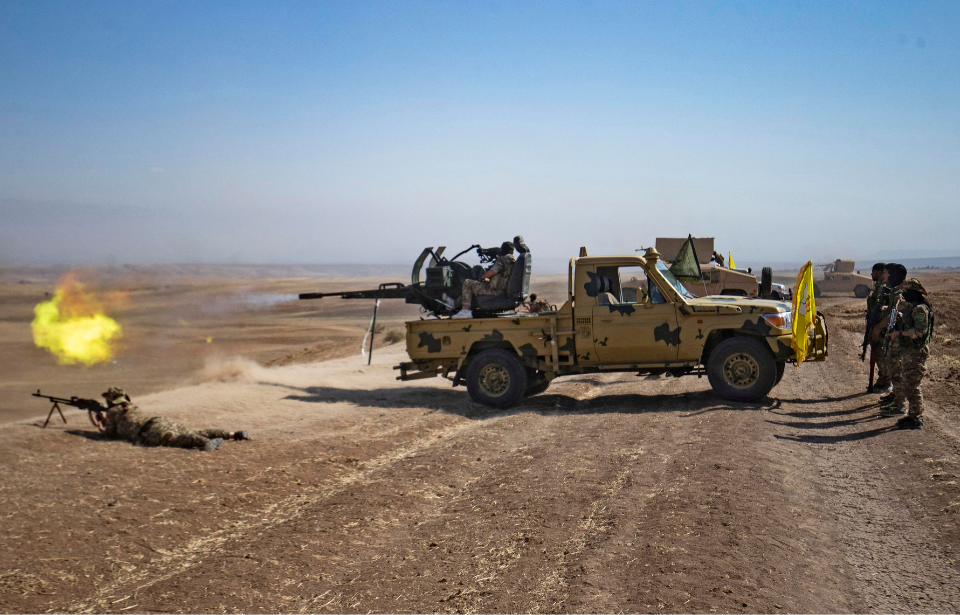Operation Inherent Resolve (OIR) began in 2014
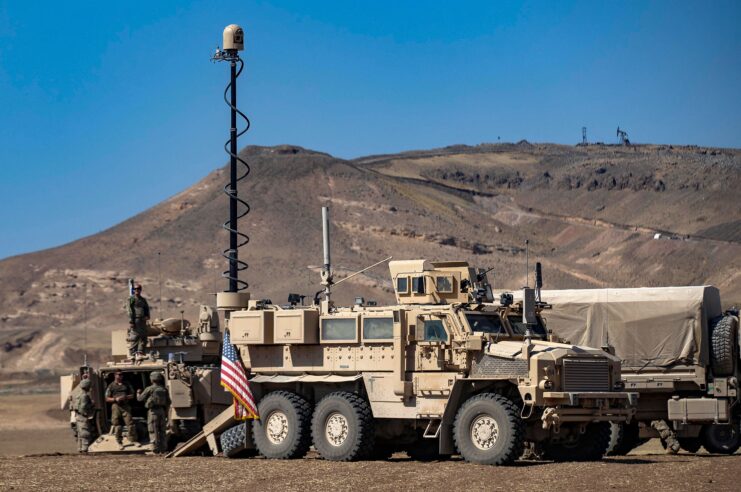
In the fall of 2014, as part of Operation Inherent Resolve, the United States began its military involvement in Syria, to combat the Islamic State of Iraq and the Levant (ISIL). By 2017, aided by US military support, the Syrian Democratic Forces captured Raqqa and pushed toward the Euphrates. In that region, a deconfliction line had been established by the US and Russian governments.
Since 2015, Russia has been actively conducting aerial operations in Syria, backing the government. Moreover, Russian private military contractors linked to the Wagner Group have been operating within Syria. However, the Russian government has yet to officially acknowledge their engagement in ground operations.
A growing presence of militia fighters
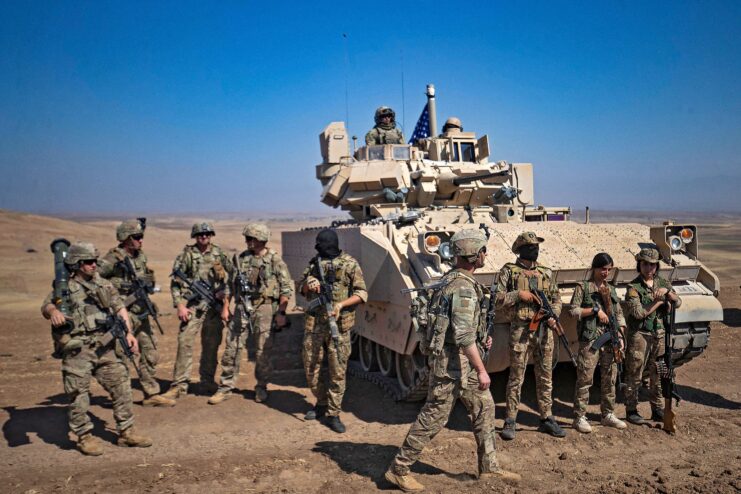
Situated in Conoco, near Khasham, an outpost served as the headquarters for the Syrian Democratic Forces. This location hosted 30 US soldiers from the 1st Special Forces Operational Detachment-Delta (Delta Force) and the 75th Ranger Regiment (Army Rangers), offering support to the adjacent Kurdish forces. Additionally, the outpost received backing from US Marines and Green Berets stationed 20 miles away, providing crucial reconnaissance and surveillance information.
On February 7, 2018, these forces found themselves surrounded by a group of over 500 pro-government militia, backed by T-72 and T-55 tanks. Early intelligence from drone surveillance offered a vital heads-up, enabling them to assemble a rapid-response force ready to assist in any potential conflict.
Battle of Khasham commences
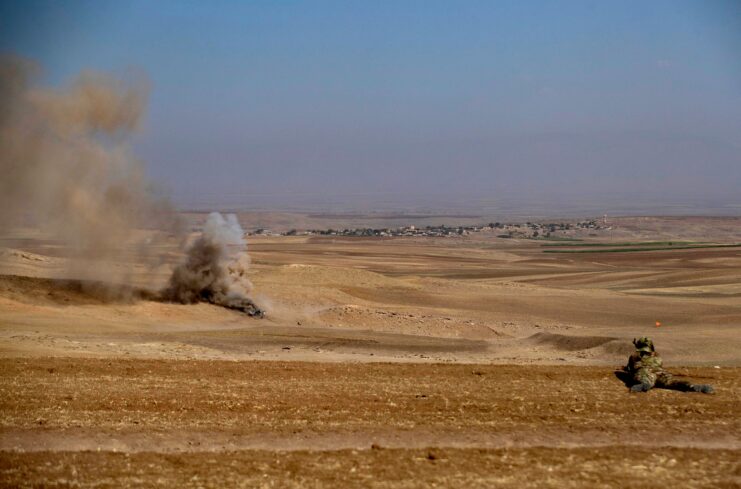
At around 10:00 PM that evening, the Russian and Syrian militia began their assault on the outpost.
Using artillery and mortar rounds in what the US officials called an “uncoordinated attack,” the American soldiers retaliated by firing Javelin anti-tank missiles. As The New York Times reported, “The air was filled with dust and shrapnel. […] For the first 15 minutes, American military officials called their Russian counterparts and urged them to stop the attack. When that failed, American troops fired warning shots at a group of vehicles and a howitzer.”
Prior to the eruption of the Battle of Khasham, military officials at the Combined Air Operations Center in Qatar had spotted the growing Russian and pro-government force and quickly deployed air support.
“American warplanes arrived in waves, including Reaper drones, F-22 stealth fighter jets, F-15E Strike Fighters, B-52 bombers, AC-130 gunships and AH-64 Apache helicopters,” The New York Times wrote. “For the next three hours, American officials said, scores of strikes pummeled enemy troops, tanks and other vehicles. Marine rocket artillery was fired from the ground.”
Late arrival of the quick response forces
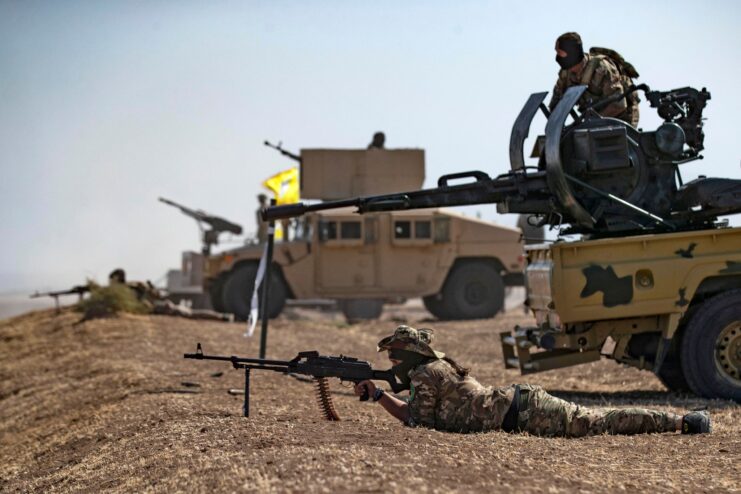
The Battle of Khasham had run for about three hours before the quick response force of Marines and Green Berets finally arrived. The drivers had to rely on night vision equipment to navigate the dark terrain, as they didn’t want to give away their approaching position with their headlights.
Additionally, the roads they’d traveled were “littered with felled power lines and shell craters.” In fact, halfway there, the force had to stop as “the barrage of artillery was too dangerous to drive through until airstrikes silenced the enemy’s howitzers and tanks,” The New York Times reported.
The QRF finally arrived at 1:00 AM, just as the enemies’ vehicles were burning and they were transitioning to an on-foot attack.
Aftermath of the Battle of Khasham and transparency
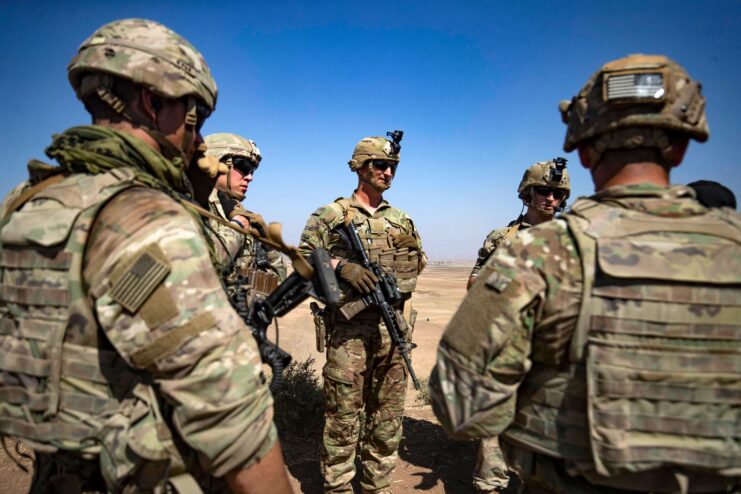
The Battle of Khasham concluded shortly thereafter, as the adversary eventually retreated. In this intense engagement, no American troops sustained injuries, while the enemy incurred significant losses, with an estimated 200-300 fighters killed.
When it came time to address the situation, US officials maintained transparency. They clarified that the pro-government forces, in conjunction with the Russians, had instigated the attack on the Syrian Democratic Forces while the American forces were east of the Euphrates deconfliction line.
The Russian Ministry of Defence also issued their own statement concerning the battle. It explained that the conflict had arisen due to reconnaissance conducted by Syrian militias, which hadn’t been authorized by the Russian operations command, and that no Russian service members were present in the designated district of Deir ez-Zor province.
US officials kept in constant contact with the Russians
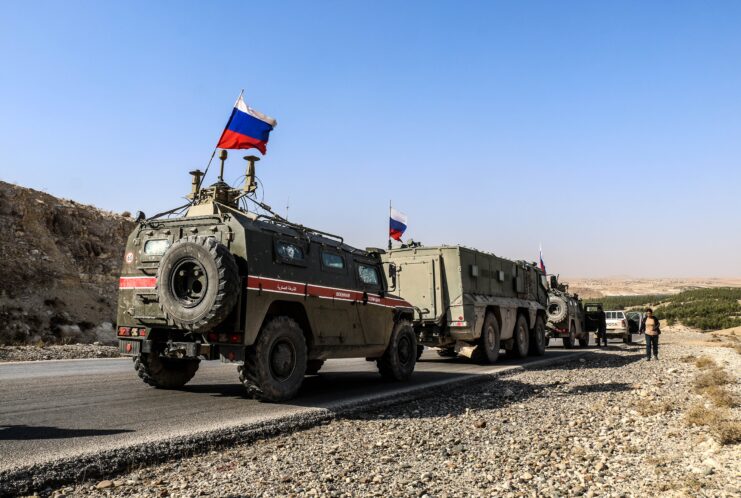
After the Battle of Khasham, Lt. Gen. Jeffrey L. Harrigian, commander of the US Air Forces Central Command, noted that before the clash, “The coalition observed a slow buildup of personnel and equipment the previous week, and we reminded Russian officials of the SDF and coalition presence via the telephone deconfliction line. This was well in advance of the enemy forces’ attack.”
Throughout the confrontation, US officials maintained communication with the designated Russian liaison officer in Deir ez-Zor. They exercised caution, ensuring they only engaged in gunfire after receiving confirmation there were no regular Russian troops involved.
Did the Russians approve of the Battle of Khasham?
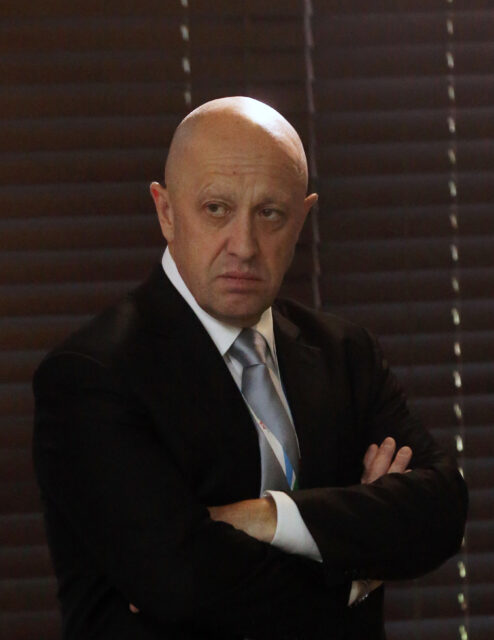
While Russian officials insist they weren’t involved in authorizing the Conoco attack, two sources have alleged the participation of a Russian minister. An article by The Washington Post on February 22, 2018, claimed that intercepted communications between the late leader of the Wagner Group, Yevgeny Prigozhin, and senior Syrian and Kremlin officials suggested otherwise.
According to these communications, Prigozhin purportedly “secured permission” from an unnamed Russian minister to proceed with the attack, pending approval from the Syrian government. Additionally, the Ukraine-based anti-Russian publication InformNapalm asserted that the attack had received clearance from Sergej Kim, the chief of Wagner’s operations department and a former Russian naval infantry officer.
More from us: Iraq War Timeline: Looking Back At the Conflict 20 Years Later
Despite these allegations, Russian officials maintained their stance of non-involvement in the attack.
